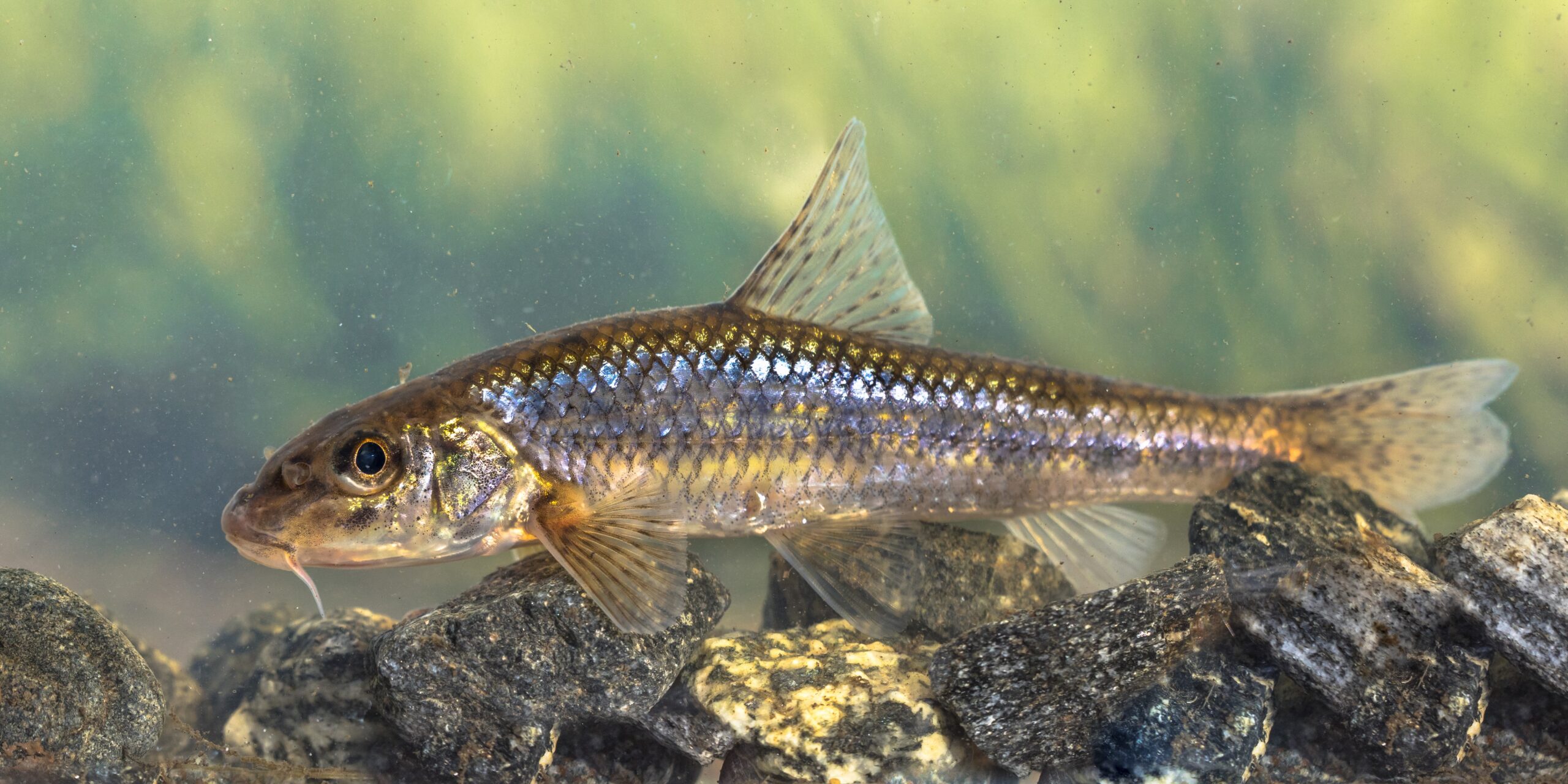
Scientific Name: Gobio gobio
Conservation Status: Least Concern (IUCN Red List)
The Gudgeon is a small, bottom-dwelling freshwater fish found in ponds, rivers, and lakes across the UK. Despite its modest size, it plays an essential role in aquatic ecosystems and is a favourite among anglers and wildlife enthusiasts alike. It is a native alternative to Koi and with their smaller size, easier to care for.
Gudgeon thrive in clean, slow-flowing or still waters with sandy or gravelly substrates. They prefer well-oxygenated environments with plenty of underwater plants and hiding spots. While more commonly found in natural waterways, they can also inhabit well-maintained garden ponds, especially those with good water quality and minimal disturbance.
For advice on aquatic plants that support a healthy pond ecosystem, visit Aqua Eden to explore our range of native plant species.
Gudgeon spawn in late spring to early summer (April-June). Females lay thousands of tiny eggs on submerged surfaces such as rocks, plants, or woody debris. The eggs hatch within a few days, and the larvae quickly begin foraging for microscopic food. Juveniles grow rapidly and reach maturity within two years.
These fish typically grow to 10-15 cm in length, though some individuals may reach up to 20 cm. Gudgeon can live for 3-5 years in the wild, depending on habitat conditions.
Gudgeon populations remain stable across the UK, but like many freshwater species, they are vulnerable to habitat degradation, pollution, and invasive species. Maintaining clean, well-oxygenated water is essential for their survival.
Gudgeon are active year-round but are easiest to spot in the warmer months when they feed near the bottom of clear, shallow waters.
These small fish have a streamlined body covered in silver-grey scales with a bluish tint. A distinctive feature is their barbels—short whisker-like structures near the mouth used for detecting food. They have a slightly forked tail and dark speckles along their flanks.
If you’d like to introduce Gudgeon into your pond, consider these factors:
Visit Aqua Eden for expert guidance and a wide selection of aquatic plants to create a balanced and thriving pond habitat. With the right conditions, Gudgeon can be a delightful addition to your pond, contributing to its natural beauty and ecological health.

Aqua Eden, Jordans Courtyard,
Ilminster, TA19 9PY
Open Tue-Fri 10am – 3pm
check social media before travelling for any changes
hello@AquaEden.co.uk
We’re the South West’s newest Water Garden Centre and Design Studio, nestled in the heart of Jordans Courtyard, Ilminster, just off the A303 and J25 of the M5. Whether you’re looking to enhance an existing water feature or create a brand new oasis, we’re here to inspire, educate, and empower you on your water gardening journey. Our friendly, knowledgeable team is passionate about helping you bring your watery dreams to life, and we’re with you every step of the way.
If you’d prefer to leave it to the professionals, our partner company, DU Waterscapes, brings years of experience and expertise to the table. As award-winning water feature artists, they offer expert maintenance and custom installations tailored to your needs. Experience their stunning displays at Aqua Eden and discover how they can bring a slice of Eden to your home. Learn more on their website!